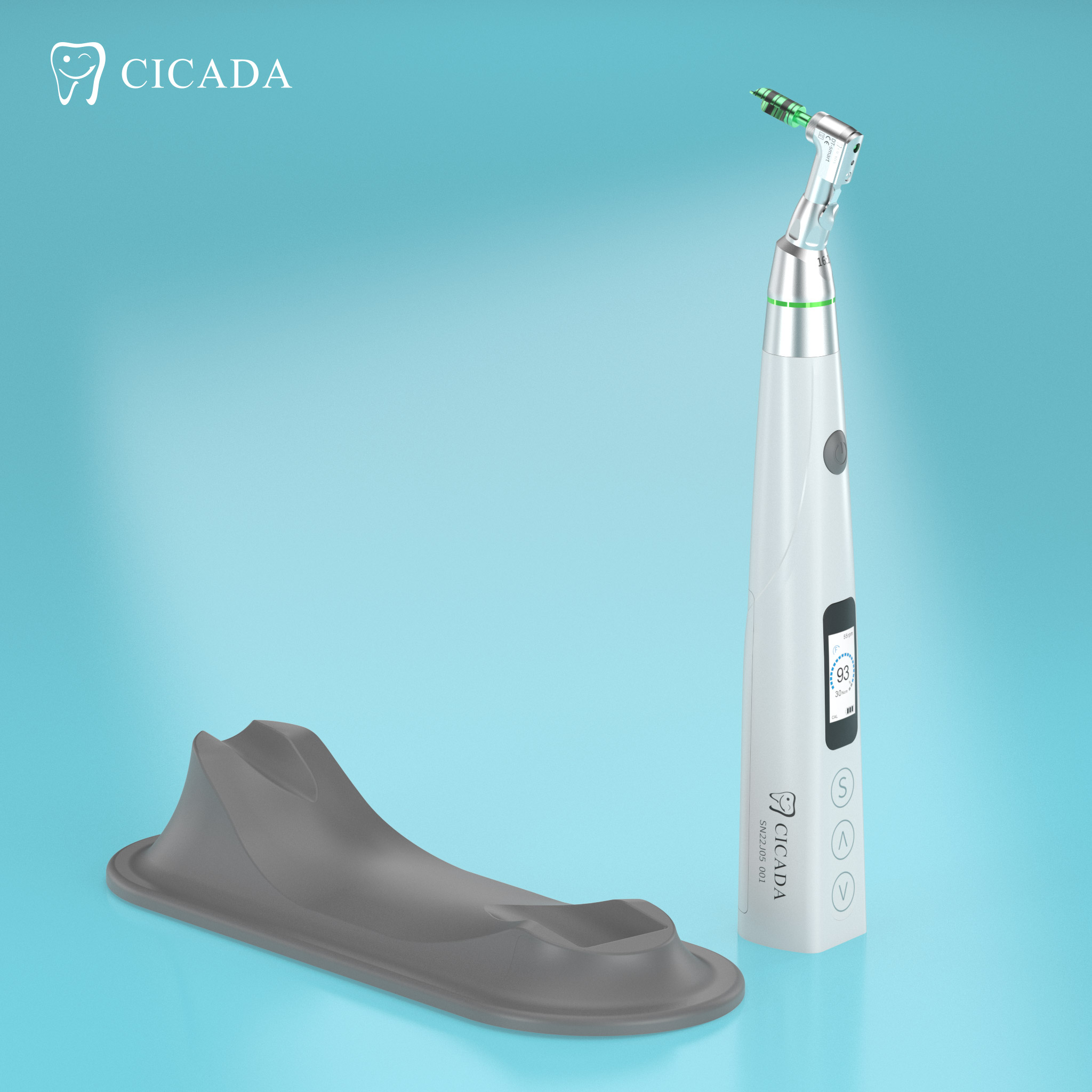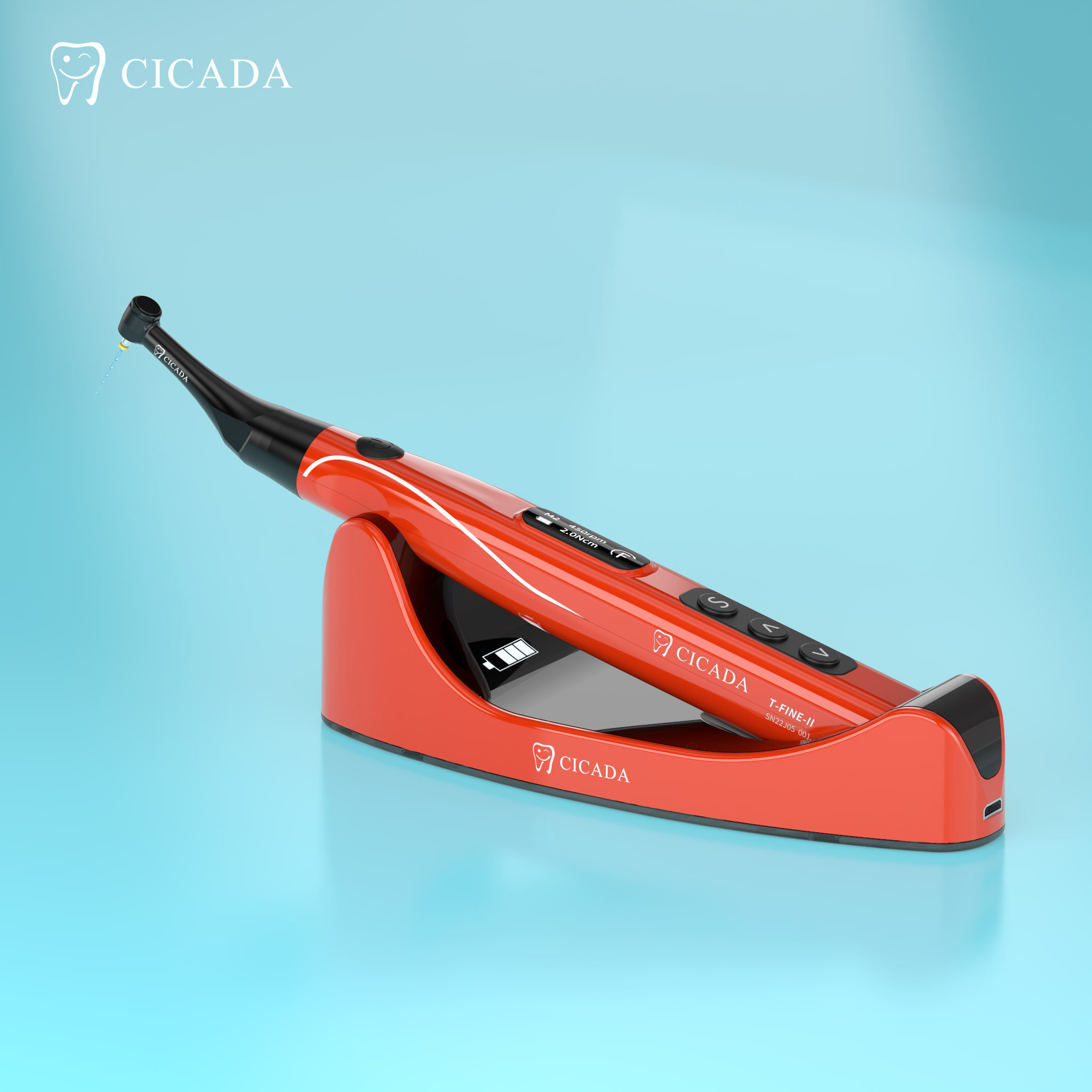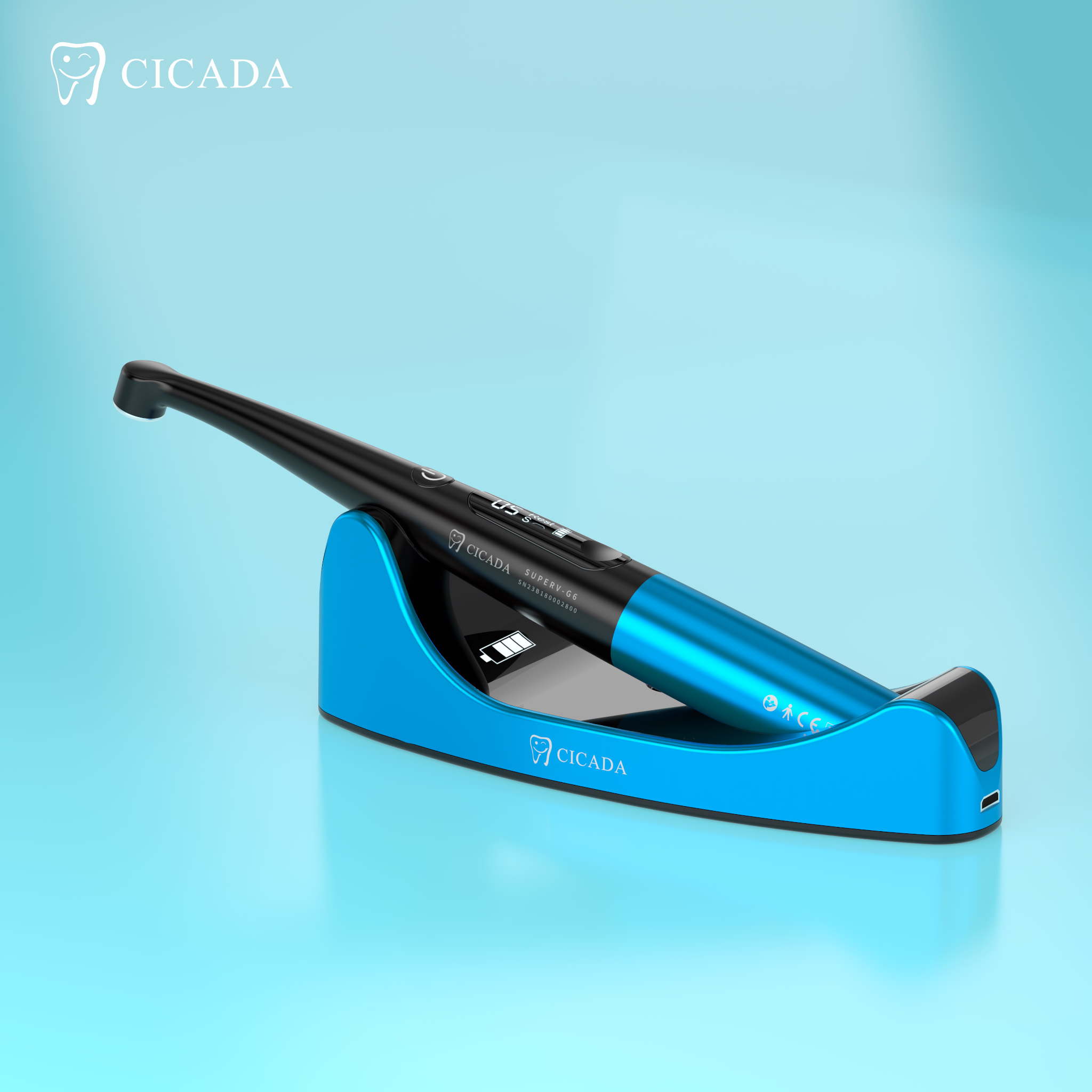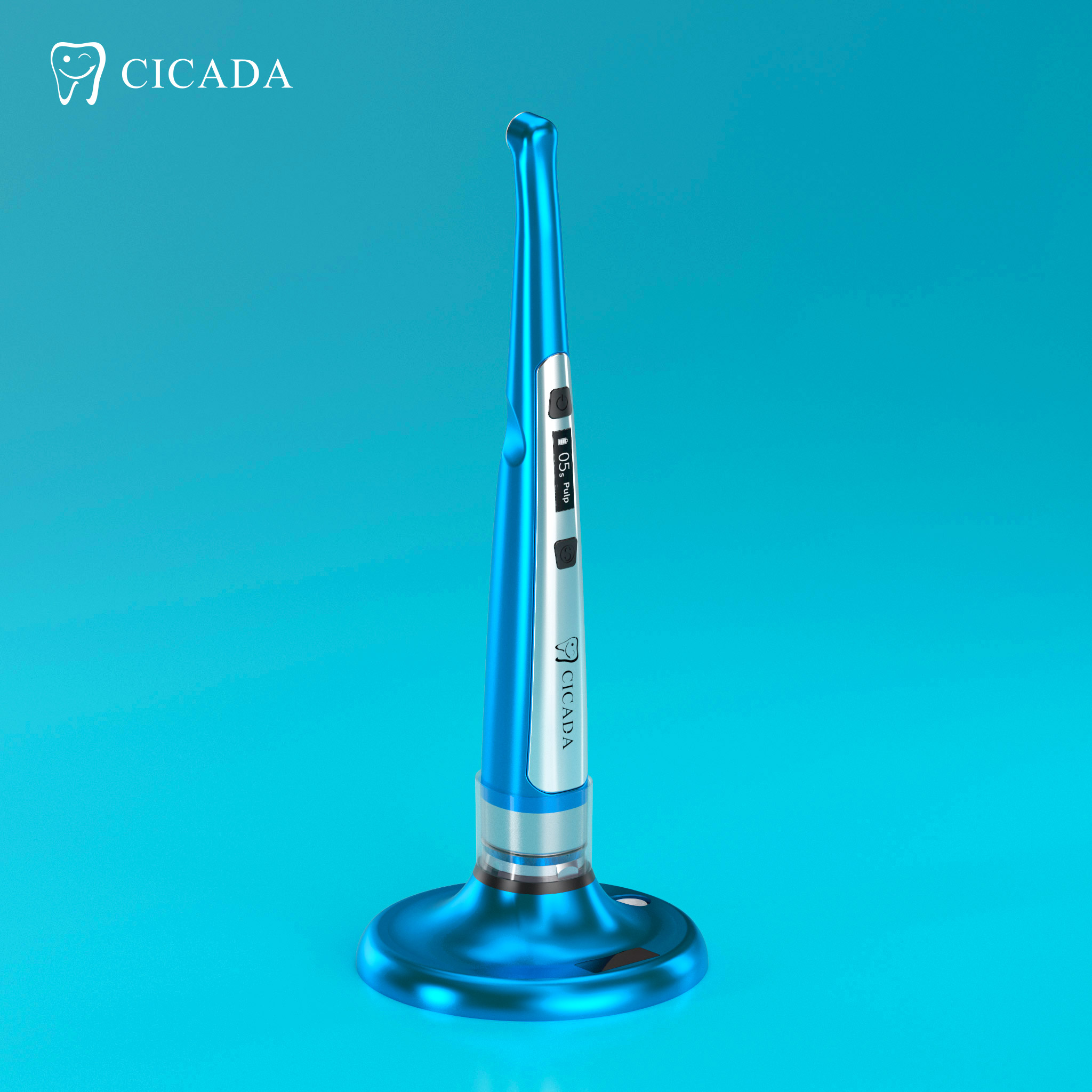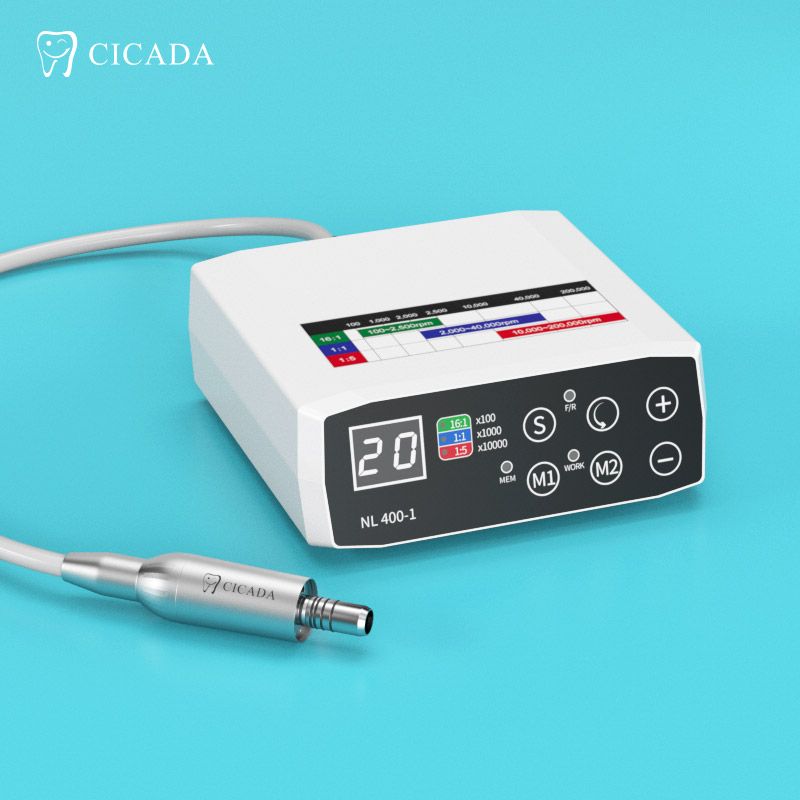Among the most vital instruments in a dentist’s toolkit are turbine handpieces. These compact but powerful devices are the backbone of various dental procedures, enabling dental professionals to perform a range of treatments with unparalleled precision and speed.
Turbine Handpieces
Turbine handpieces are essential tools in dentistry, widely used for procedures such as cavity preparation, crown placement, and root canal treatments. These instruments use a turbine mechanism powered by compressed air or electricity to drive a rotating bur or attachment at high speeds, typically reaching up to 400,000 rotations per minute (RPM).
The turbine is the heart of the handpiece, converting compressed air into rotational energy. The fast rotation enables the dentist to cut, drill, or polish teeth and dental materials effectively while maintaining accuracy and minimizing discomfort for the patient.
Components of a Turbine Handpiece
Turbine handpieces are engineered for precision, durability, and efficiency. The key components that make these tools reliable include:
Turbine Rotor: The turbine rotor is the core component responsible for the high-speed rotation. It is powered by compressed air or an electric motor and enables the bur to rotate at high speeds, making it possible to perform a variety of dental procedures swiftly.
Air Pressure System: Air-driven turbines rely on a compressed air system to function. The air pressure is regulated to ensure consistent speed and performance. The system is typically connected to the handpiece through an air hose, which provides the necessary energy for operation.
Chuck Mechanism: The chuck holds various attachments, such as burs or polishing tools. It ensures a secure connection between the handpiece and the working tool, preventing any slipping or loss of control during procedures.
Housing: The housing is the outer casing of the handpiece, typically made from high-grade stainless steel or other durable materials. The casing is designed to be lightweight, resistant to corrosion, and easy to clean, ensuring longevity and hygiene.
Cooling System: Turbine handpieces often come with integrated cooling systems, which help prevent overheating during extended use. Cooling sprays are directed toward the working area, ensuring that both the handpiece and the tooth remain at safe temperatures throughout the procedure.
How Do Turbine Handpieces Work?
Turbine handpieces work by using compressed air (in air-driven models) or an electric motor (in electric models) to spin the turbine rotor. This spinning motion powers the attached bur or tool, allowing dentists to perform procedures at high speeds with excellent control.
What Are the Advantages of Using Turbine Handpieces?
Turbine handpieces offer several advantages:
● High-speed rotation for faster and more efficient procedures.
● Precision in cutting and shaping teeth.
● Reduced patient discomfort due to less force required for procedures.
● Durability and reliability, with long-lasting performance when properly maintained.
● Quiet operation and minimal vibration compared to older tools, enhancing patient comfort.
What Types of Turbine Handpieces Are Available?
There are several types of turbine handpieces, including:
● High-speed handpieces (above 300,000 RPM) for cutting through dense materials like enamel.
● Low-speed handpieces (less than 100,000 RPM) for polishing and finishing tasks.
● Electric handpieces, which are powered by electric motors and offer superior control over speed and torque.
What Is the Typical Lifespan of Turbine Handpieces?
The lifespan of a turbine handpiece depends on the brand, quality, and how well it’s maintained. On average, a well-maintained turbine handpiece can last between 3 to 5 years. However, regular maintenance, lubrication, and care can extend its longevity.
How to Choose the Right Turbine Handpiece for My Practice?
● Choosing the right turbine handpiece depends on your specific needs and the type of procedures you perform:
● For high-speed cutting and drilling, a high-speed air-driven handpiece is ideal.
● For polishing and finishing delicate tasks, a low-speed handpiece is more suitable.
● Electric handpieces are great for those looking for superior control and reduced noise and vibration during procedures.
Are Turbine Handpieces Compatible with All Dental Tools?
Most turbine handpieces are compatible with a wide range of dental burs and attachments. However, it’s essential to ensure compatibility between the handpiece and the specific bur or tool you plan to use. Always check the specifications from the manufacturer to ensure a secure fit.
Can Turbine Handpieces Be Used for All Dental Procedures?
Turbine handpieces are highly versatile and can be used for a wide variety of dental procedures, such as:
● Cavity preparation
● Crown placement
● Root canal treatments
● Polishing and finishing
However, for very delicate or specific procedures, you may need specialized handpieces, such as low-speed models or handpieces with specific attachments.
Conclusion
Turbine handpieces are an indispensable tool in modern dentistry, offering speed, precision, and comfort for both dental professionals and patients. With high-quality turbine handpieces, you can enhance the efficiency and effectiveness of your dental procedures while ensuring patient satisfaction.
By choosing CICADA, you are investing in the future of your dental practice. Elevate your treatments, improve patient outcomes, and experience the difference our handpieces can make. For any further inquiries or product recommendations, don’t hesitate to contact CICADA’s team for expert advice and support.

